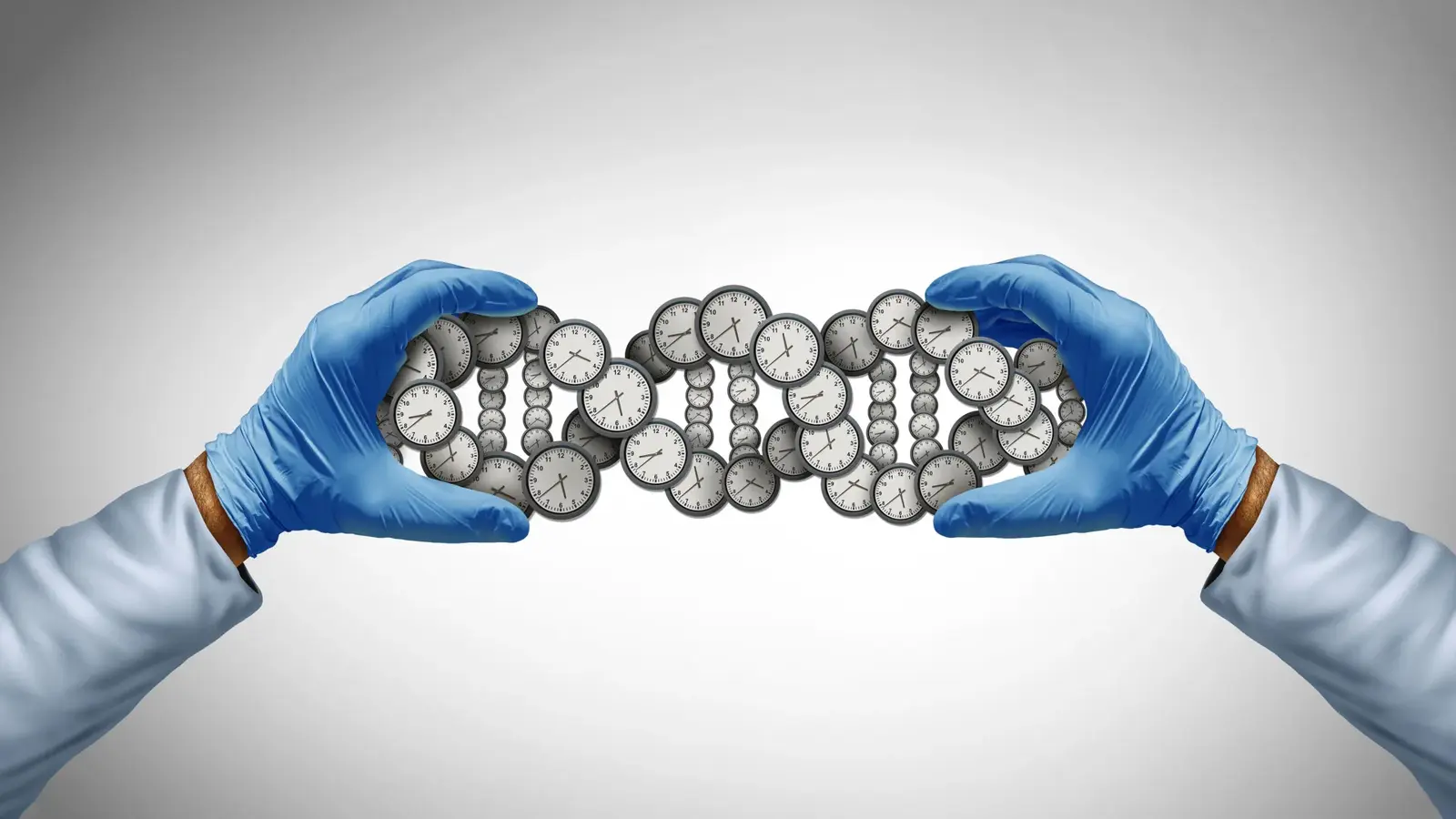6 Minutes
Uneven aging: new genetics study maps hundreds of risk genes
Scientists have uncovered more than 400 genes linked to different forms of unhealthy aging, shedding light on why some people thrive into their 90s while others struggle decades earlier. Credit: Shutterstock
People age at very different rates: some remain physically and cognitively robust into late life, while others develop diabetes, dementia, mobility loss or prolonged recovery from illness much earlier. A new international study led by the University of Colorado Boulder and published in Nature Genetics identifies more than 400 genes associated with accelerated biological aging and frailty, and shows that different gene sets are tied to distinct subtypes of unhealthy aging.
Study design and scientific background
The research team used a genome-wide association study (GWAS) approach, scanning DNA variants across hundreds of thousands of participants from the UK Biobank and additional public datasets. Rather than treating aging as a single endpoint, the investigators started from a 30-item clinical frailty index commonly used by clinicians. That index aggregates measures including walking speed, grip strength, number of diagnosed conditions, and social engagement to quantify multisystem physiological decline.
One limitation of the traditional frailty index is that two people with identical overall scores can have very different underlying problems: for example, someone might be physically impaired but cognitively sharp, while another may have good mobility but marked memory loss. To address this heterogeneity, the team decomposed frailty into seven subtypes and ran genetic association analyses against 30 frailty items to identify genes linked specifically to each subtype.
Key discoveries and biological subtypes
The study discovered 408 genes associated with accelerated aging and frailty — a substantial increase from the roughly 37 genes previously reported. Importantly, genes clustered into biologically meaningful groups that map onto subtypes such as: "poor cognition," "mobility or disability," "metabolic problems," "multiple chronic diseases," "unhealthy lifestyle," and "limited social support." These patterns support the geroscience hypothesis: addressing the biology of aging may be necessary to prevent multiple age-related diseases simultaneously.

Notable genes and mechanisms
Some genes show strong associations with specific subtypes. For instance, the SP1 gene — implicated in immune regulation and previously linked to Alzheimer’s disease — was strongly associated with the broad "poor cognition" subtype. By contrast, FTO, a gene historically linked to obesity and metabolic traits, appeared to underlie several categories related to metabolic health and multimorbidity. These findings suggest that distinct molecular pathways contribute to cognitive decline versus metabolic frailty or physical disability.
Senior author Andrew Grotzinger (CU Boulder) commented that the research "not only identify[s] sub-facets of disordered aging but also demonstrate[s] that there is very different biology underlying them." Isabelle Foote, first author, emphasized that understanding the underlying biology is essential if researchers want to develop treatments that slow or reverse accelerated biological aging.
Clinical implications and future prospects
One immediate recommendation from the authors is to refine clinical frailty assessments to include the identified subtypes. If a patient is identified as cognitively frail, clinicians could prioritize dementia prevention strategies; if frailty is metabolic, preventive measures could focus on diabetes and cardiovascular risk. The study also points toward the utility of polygenic risk scores that could forecast an individual’s predisposition to specific aging subtypes, enabling tailored preventive care earlier in life.
Despite these advances, the research does not point to a single "anti-aging" pill. The genetic architecture suggests multiple pathways contribute to different forms of frailty, so therapies may need to be targeted to groups of conditions (for example, a treatment package for metabolic aging versus another for cognitive aging). As Grotzinger notes, it may not require hundreds of bespoke drugs — but a small set of targeted interventions could address many related age-associated diseases.
Expert Insight
Dr. Maya Patel, a geroscience researcher and clinical epidemiologist (fictional expert for commentary), explains: "This study is a major step toward precision geriatric medicine. By linking specific genes to clinically recognizable frailty patterns, we can begin to move from one-size-fits-all recommendations to targeted prevention. It also highlights the need for longitudinal clinical trials that stratify participants by genetic risk and frailty subtype to test whether tailored interventions slow the trajectory of decline."
Research limitations and next steps
Key limitations include the observational nature of GWAS (which identifies associations, not causation), population ancestry bias in many large biobanks, and the need to translate gene-level signals into actionable molecular targets. Next steps will include functional studies to map causal pathways, development of robust polygenic scores across ancestries, and clinical trials testing subtype-specific interventions — from lifestyle and pharmacologic strategies to immunomodulatory or metabolic therapies.
Conclusion
This landmark GWAS expands the genetic map of unhealthy aging to more than 400 genes and shows that different clusters of genes underlie distinct forms of frailty. The findings support a precision approach to aging medicine: refine frailty assessment, develop polygenic tools to predict subtype-specific risk, and pursue targeted therapies for the molecular pathways that drive cognitive, metabolic, and physical decline. While a single universal "anti-aging" pill remains unlikely, this work opens the door to more focused treatments that may substantially reduce the burden of multiple age-related diseases.
Source: sciencedaily


Leave a Comment